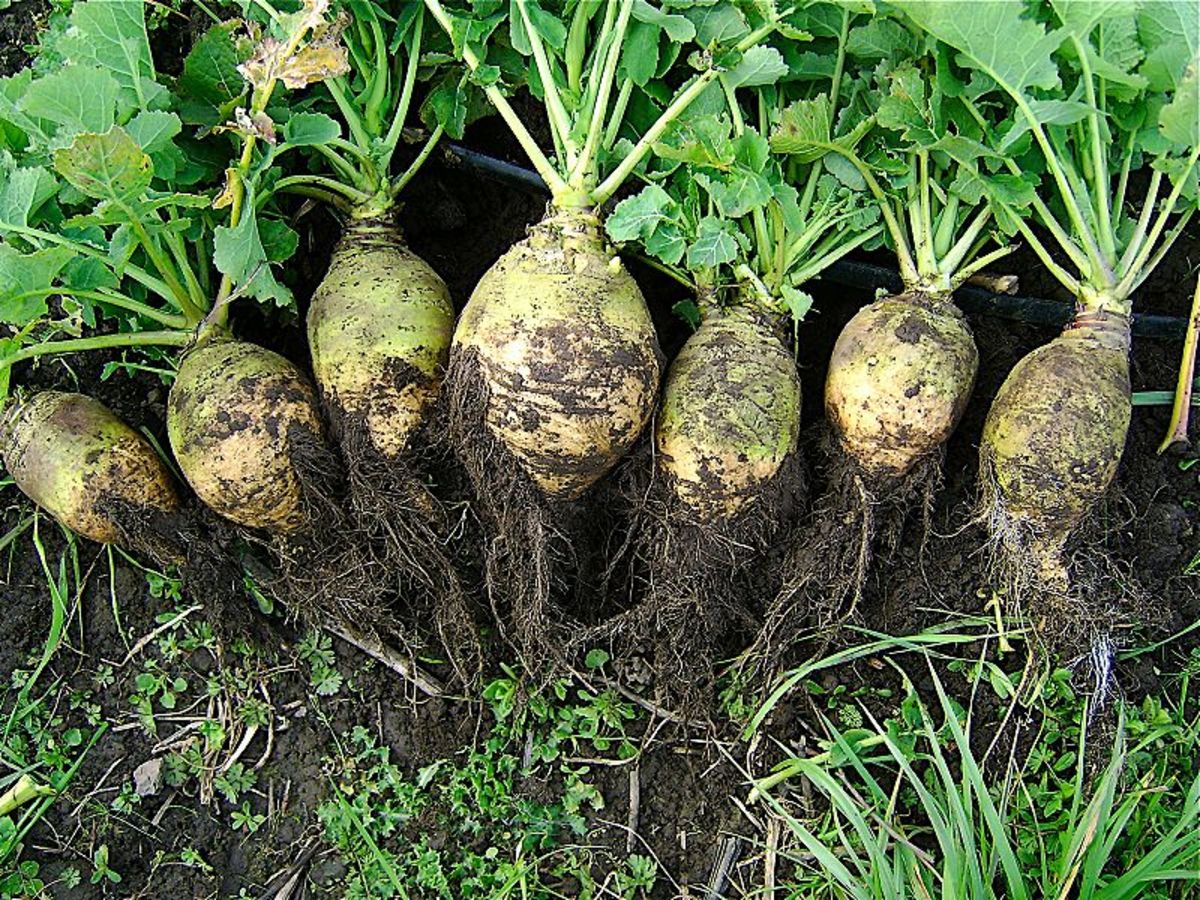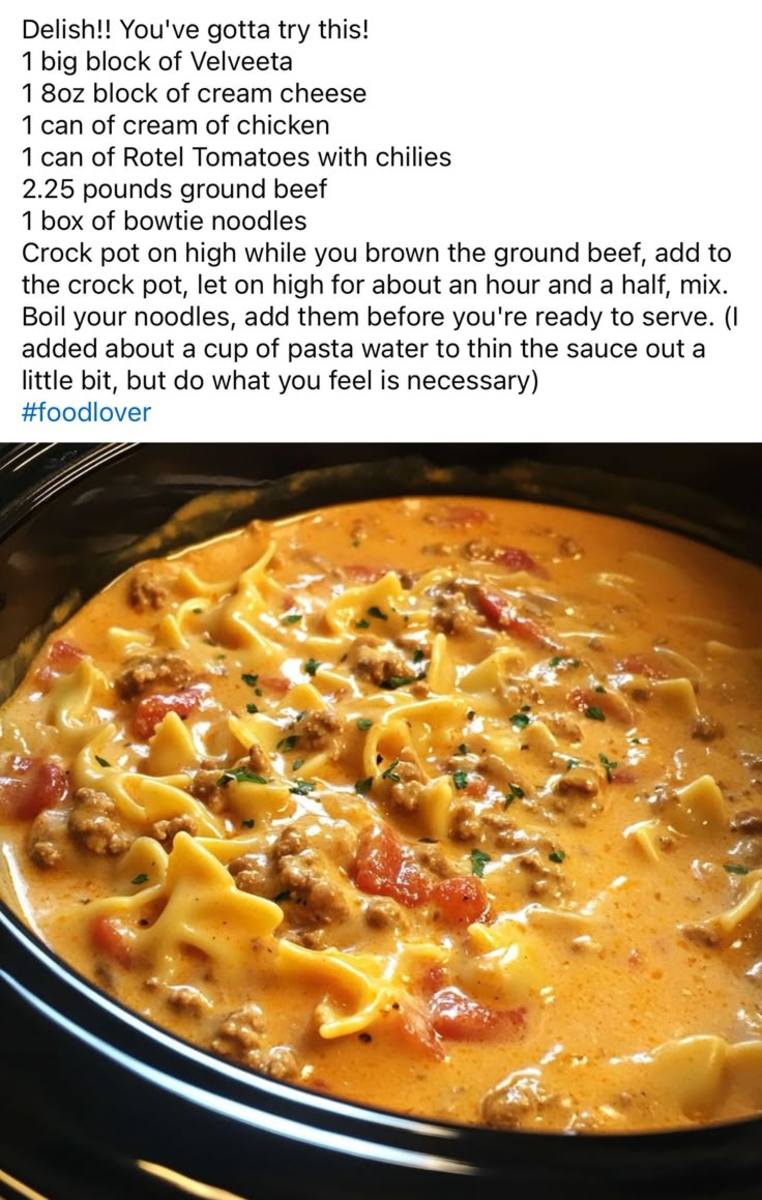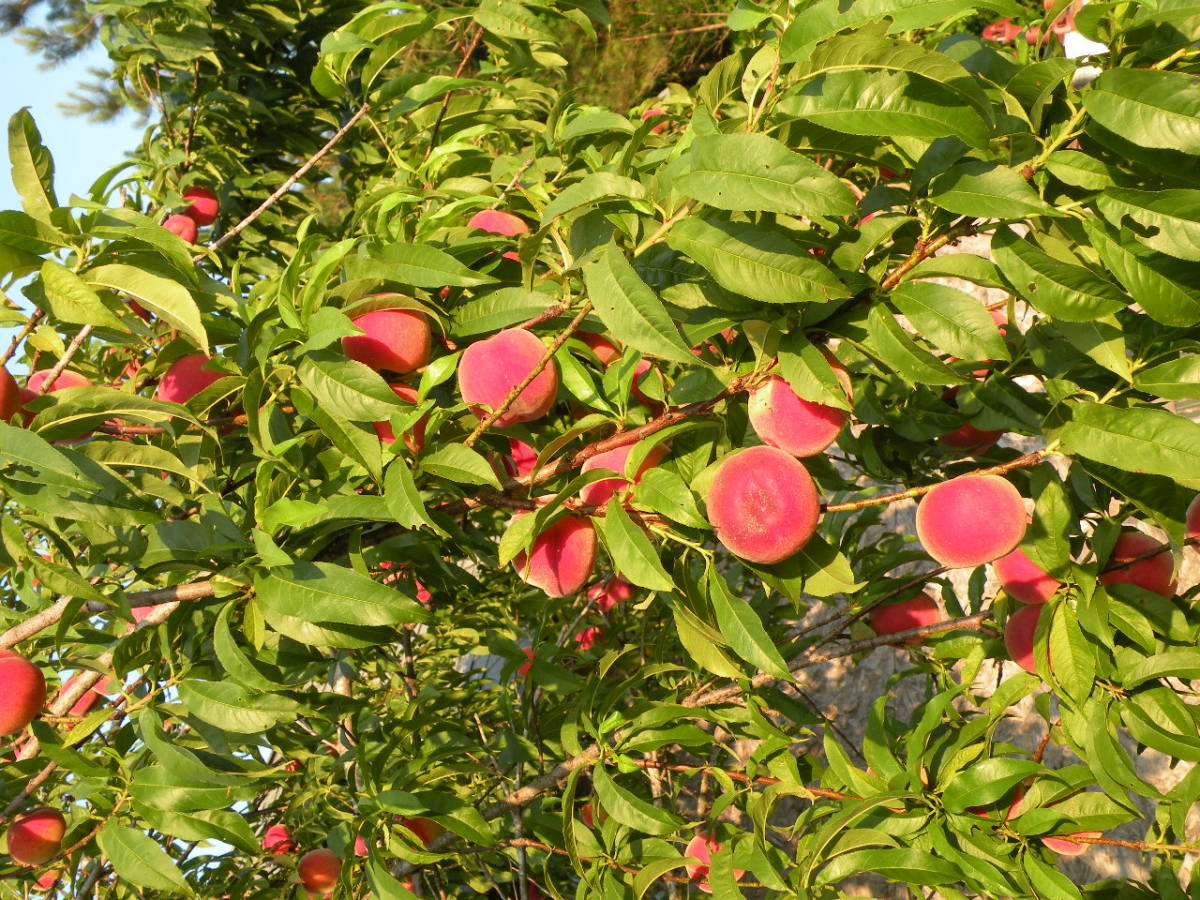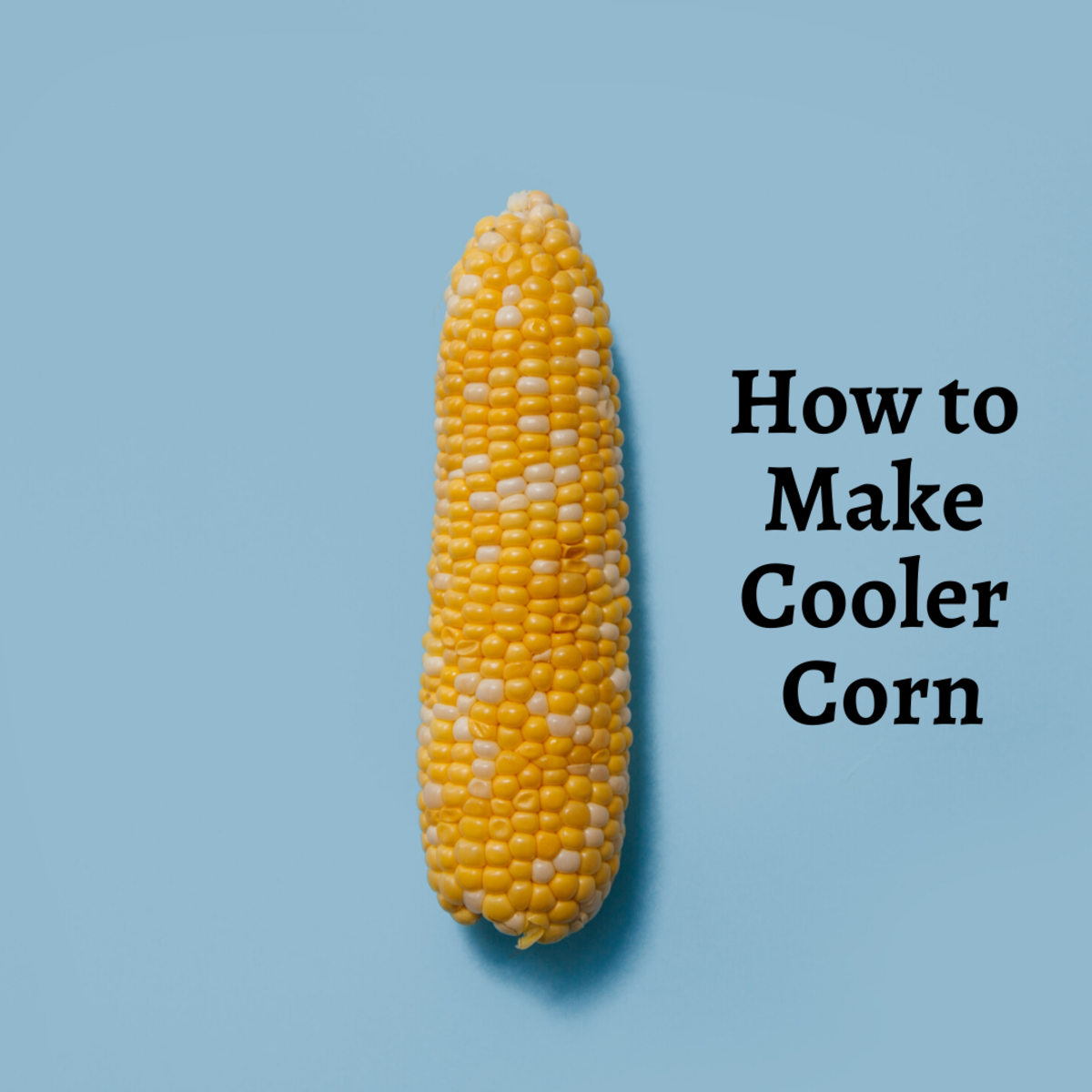How To Use Rutabagas without Eating Them - 10 Clever Ideas
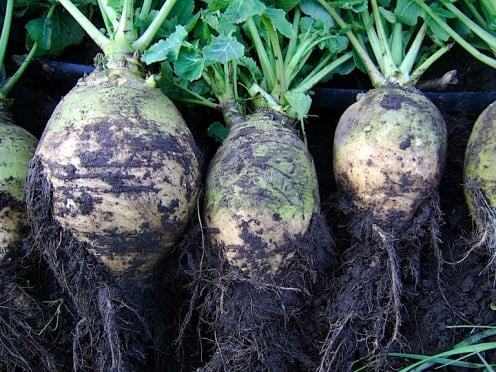
You Can Give the Poor Forgotten Rutabaga a New Life
The rutabaga is common in northern Europe, the northern US, and Canada, all of which are major producers of this root crop. Yet, throughout most of the world, the humble rutabaga has not come into its own as a household comestible or even as a household word.
I’d like to change that.
If you happen to be among the many who don’t know what a rutabaga is, or among those who know what it is but simply don’t like it, here are 10 ways to make rutabagas a part of your life without eating them.
I hope you enjoy your adventure into the world of the rutabaga and spread the good word.
A rutabaga isn’t just for cooking.
Thanks to Patricia Rae for dubbing the rutabaga the "poor forgotten rutabaga".
The Bagaheads
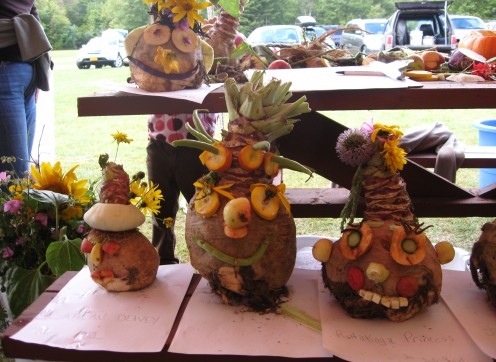
1 - Make a Mr. and Mrs. Bagahead
Who doesn’t remember Mr. and Mrs. Potato Head? Since 1952, children and adults have enjoyed endless hours of fun and creativity by decorating potatoes with plastic body parts. Well, the Mr. and Mrs. Bagahead of today, inspired by Mr. George Lerner’s 1952 invention, are exemplifying the transition from plastic living to green living by sporting body parts made from vegetable and found materials instead of plastics.
Take an extra step here and post your Mr. and Mrs. Bagahead creations to HubPages in a Hub or in a HubPages forum post. I’ll be looking for them!
The Original Jack-o-Lantern
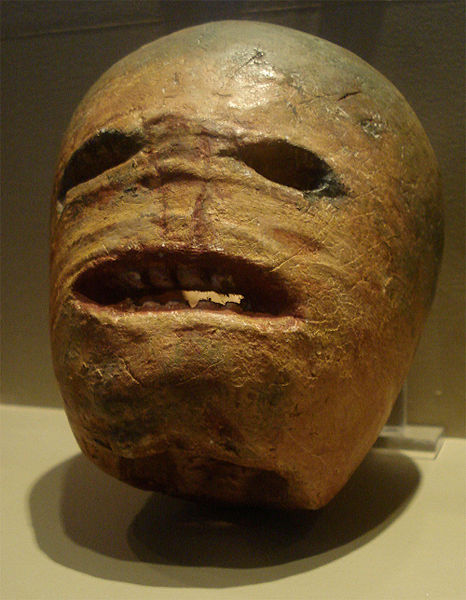
2 - Make a Jack-o-Lantern
It was the Irish who gave us the Jack-o-Lantern we know today.
It was their ancient custom to carve rutabagas (and other autumn vegetables) and fill the carvings with hot coals to ward off harmful spirits attending the end of harvest. When Irish immigrants came to this country and discovered the new world pumpkin, our familiar Jack-o-Lantern was born.
The pumpkin was not only easier to carve, but it had such a beautiful color. Sorry, rutabaga, your skin color just can't compare with the pumpkin's.
3 - Grow the World’s Largest Rutabaga
What a wonderful challenge for you gardeners. The current world’s record rutabaga weight is 82.9 pounds, a record set in 2009 and recognized by Guinness World Records. That’s a lot of rutabaga.
World's Largest Rutabaga as of 2009
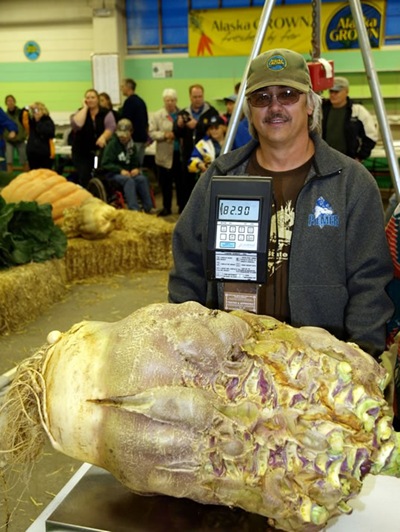
Rutabaga Curl
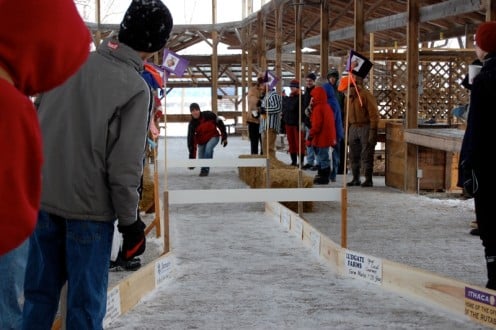
4 - Host a Rutabaga Curl
The folks in Ithaca, New York are mighty serious about their rutabagas. For 13 years they’ve been celebrating this crop with the annual Rutabaga World Curling Championship.
If you’d like to host a Rutabaga Curl in your area, perhaps you will contact them. I don’t know if event organizers have ever been approached for advice about setting up a local Curl; perhaps you’ll be the first to do so.
5 - Feed Your Cows, Goats, and Sheep and Treat Your Horse
Rutabaga has a long history as fodder for ruminants. Not too long ago, the practice of growing rutabaga for harvesting for animal feed ceased, as it is a labor-intensive process. However, much experimentation is now going on with growing rutabaga as a late season grazing crop. Cows, goats, and sheep eat the greens as well as the roots by grazing through a late-season planted pasture.
As for horses, they happen to like rutabagas, and some owners treat their horses by simply lofting rutabagas into the air and letting the ponies go after them.
6 - Clean Your Pots
Peel and dice a rutabaga and boil it in clean water in a stainless steel pot that you’ve been cleaning with only soap and hot water and consider to be clean. Think of this use as substituting rutabaga for a steel wool soap pad or abrasive stainless steel powder. If you are saying, “I don’t believe this,” I don’t blame you because that’s exactly what I said until I tried it. I was amazed at the results. Automatic dishwasher soap manufacturers ought to be looking at whatever property is in a rutabaga that cleans mostly invisible “scum” from stainless steel pots.
7 - Make Rutabaga Stamps
Both kids and adults have always loved making potato stamps and using them on crafts projects. The rutabaga is a little harder to cut, thus requiring more stringent adult supervision, but because it is firmer than the potato it may last for more impressions per project.
8 - Make a Lesson Plan
For those of you who are teachers, think about using the rutabaga as a central element to a lesson plan. The possibilities are limitless.
- Language arts. This is an opportunity to teach etymology. The rutabaga has its anchor in the Swedish rotabagge. Not to mention that rutabaga is so much fun to say and offers endless opportunities for poetic play. Rutabaga Bowl. Rutabaga Rocket. Buy a bag of rutabagas.
- Math. Chopping up and measuring a rutabaga by weight or volume teaches units of measurement and offers an opportunity for algebraic problem solving.
- Science. Botany, chemistry, and biology can all be taught through the rutabaga. Think plant classification, nutritional components, growth cycles and propagation.
- History. Rutabaga consumption, less or more, marks historical events. Famines bring on more rutabaga consumption; good economic times bring on a shunning of this vegetable.
- Social Studies. It may be that rutabaga was and is perceived as a “lower class” food. What are the reasons for this perception and what is the impact this perception has on today’s food habits and choices?
- Geography. Here's an opportunity to learn about the climate and physical characteristics of our world as seen by where rutabagas are grown.
Well, teachers, you get the gist. You can teach the world from the humble rutabaga.
Make a Dog Happy with a Taste of Freshly Steamed Rutabaga
9 - Make a Doggie Fetch Toy
Dogs happen to like rutabaga, and it does them no harm to eat it in small amounts. A fresh rutabaga without wax is a perfect fetch ball as is. If you only have access to waxed rutabagas, peel the waxy skin off before you play. Depending on how much your dog takes to rutabaga, in that he’d rather eat it than play fetch with it, you may have to give up the game in favor of using pieces of rutabaga as special treats.
10 - Start a Rutabaga Rocket
Although a number of rutabaga fairs and festivals occur around harvest time, including the Rutabaga World Curling Championship in Ithaca, New York, there seems to be nothing that compares to the high-tech, exciting Punkin Chunkin, where teams of contestants design hurling machines to launch pumpkins into the air over long distances.
An annual Rutabaga Rocket challenge would do wonders for the rutabaga’s popularity while it would encourage engineering design, and even perhaps transgenic engineering. Pumpkins are much more fragile than rutabagas and can explode or collapse before they are launched. But if the gene responsible for rutabaga flesh strength were inserted into the DNA of the pumpkin…well, the sky’s the limit. Not to mention we’d now have a new vegetable to play with, the Rutakin.
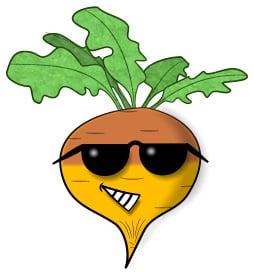
Give Rutabagas a Chance
The rutabaga is not a commonly grown, consumed, or documented root vegetable like the carrot or parsnip, or even the turnip. In the world’s modern cuisines, the rutabaga is not stylish or trendy and is more often absent than present, and in the history of cuisine, the rutabaga goes mostly unmentioned. Yet, the rutabaga is a low-calorie, nutrient-rich food with a pleasantly sweet taste, easy to grow and easy to cook. It’s also cheap and versatile, not only as a food but, as you can see, as a creative medium. Our champion for giving rutabagas a chance is Rooty Rutabaga, a charmingly cool, charismatic character who works hard to promote rutabagas for all seasons and reasons.
Special thanks to annemaeve for introducing me to Punkin Chunkin, exploring the possibilities of Mr. and Mrs. Bagahead, and weeding through the literature on horses and dogs eating rutabaga.




